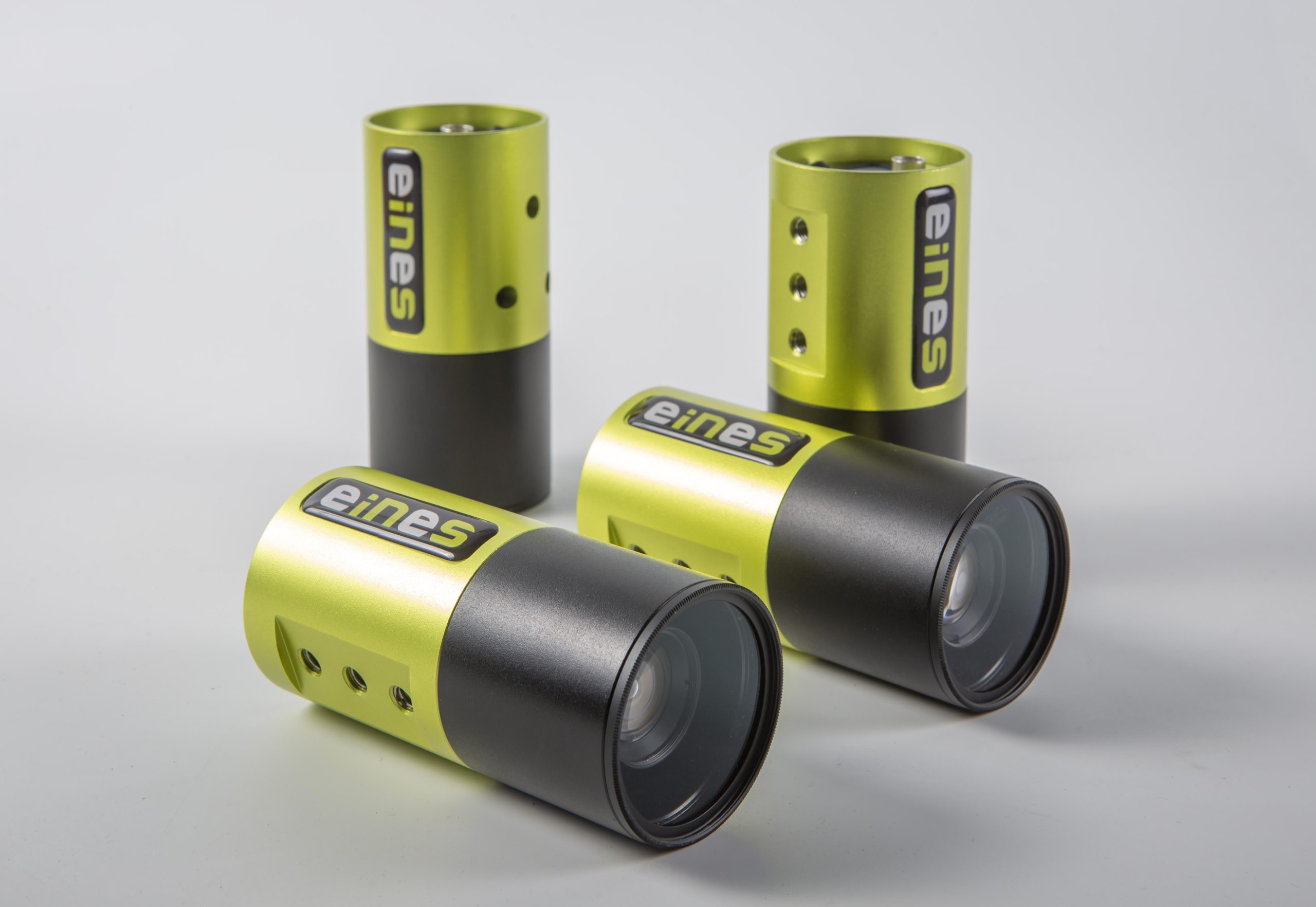In the fast-paced world of automotive manufacturing, the integration of new technologies as vision systems is crucial to staying ahead of the competition and ensuring the production of high-quality vehicles.
These solutions are sophisticated systems, often powered by artificial intelligence, are revolutionizing the automotive industry in numerous ways. Here’s why automotive industries must invest in vision systems:
1. Enhanced Quality Control
Vision systems can detect even the smallest defects or imperfections in automotive production. From identifying paint flaws to ensuring precision in intricate parts, these systems provide unparalleled accuracy in Quality Control. This leads to a reduction in faulty products and enhances overall manufacturing quality.
2. Efficient Production Processes
Vision systems streamline manufacturing processes by automating tasks such as assembly and inspection. This increases efficiency and reduces the error margin in intricate tasks that may be prone to human error. As a result, automotive companies can achieve higher production rates without compromising on the quality of the final product.
4. Cost Savings
While the initial investment in vision systems may seem significant, the long-term benefits far outweigh the costs. With reduced defects, increased efficiency, and minimized waste, automotive companies can experience substantial cost savings in the production process. Additionally, integrating vision systems can lead to predictive and preventive analysis for minimizing downtime and further contributing to cost efficiency.
5. Adaptability and Flexibility
Vision systems are adaptable to a wide range of applications within the automotive industry. These systems can be customized to meet specific needs. This adaptability ensures that automotive manufacturers stay agile in an ever-evolving industry. Machine vision-based systems are available to control the quality of production from the press shop through the body shop and paint shop, to the final assembly.
6. Compliance with Industry Standards
As automotive regulations become more stringent, investing in Vision Systems becomes a strategic move for compliance. These systems not only help in meeting regulatory requirements but also position automotive companies as leaders in adopting advanced technologies to ensure the highest standards of safety and quality.
7. Sustainability and efficiency
By swiftly and accurately identifying defects, this technology enhances efficiency, reducing material and energy waste in the production of faulty components. Improved defect detection ensures the longevity and reliability of vehicle parts, lowering the need for replacements and decreasing the environmental impact of new component production. Overall, reducing waste and enhanced energy efficiency contribute to a smaller environmental footprint, fostering sustainability. Compliance with regulations is facilitated, and detailed process monitoring optimizes resource utilization, streamlining processes for greater efficiency in automotive manufacturing.
In conclusion, the integration of vision systems in the automotive industry is a smart choice as it has many benefits. Those who embrace the potential of vision systems are investing not just in technology but in the future of automotive excellence.






